Talks
by Antonino Saggio
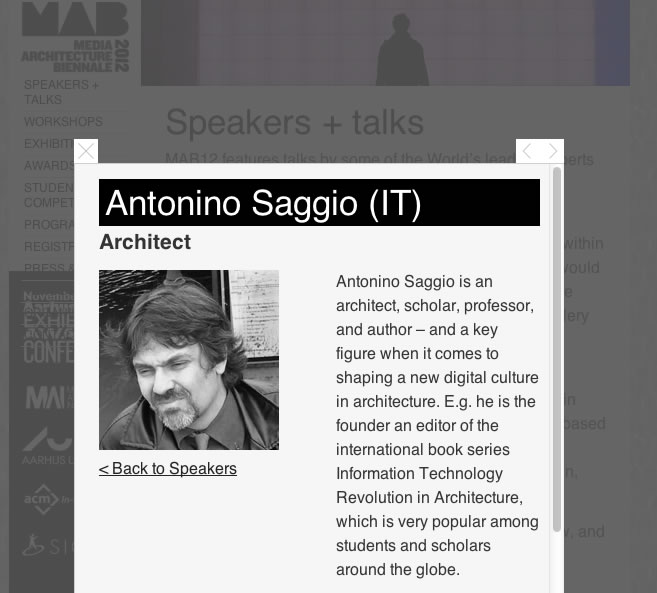
See a short anticipation Movie About Saggio Lecture

Back To Aahrus
An Intellectual Journey in the Lands of Interactivity
From the Workshop of Gas Production to Urban Green Line
1. The idea of this talk is to think about interactivity in the current social and historical scenario in order to focus on some ways to address further developments.
To do so we have to go back.
2. In september 1989, at the 6th Ecaade conference “Caad: education research and practice" in Aahrus Denmark (yes.. in here) I presented for the first time in a public architectural Conference an Hypert text product. It was based on one unbuilt project by Giuseppe Terragni and it presented the fundamental aspects of Interactivity.
- Open-not pre defined exploration path, - Active interaction between user and product, - multimedia integrated materials (3 D time exploration, animations, pictures & text eccetera). The idea of a non sequential, "link" based approach was founded for the exploration and study of architecture.
The audience was thrilled not only by the new revolutionary idea (and by the young italian architect presenting it) but by the revolutionary technical advancements:
“I can give every thing to a student ... in a 800 diskette!”
Many of the major scholar of Cad at that time were present including of course the president of Ecaade Herbert Kramel of ETHZ who was instrumental for the establishment of the first Caad Chair in Switzerland and one of the first in Europe in Fall 1988 headed by the young German prof. Gerhard Schmitt, who published my pioneered first works in Caad at “our” time at Carnegie-Mellon in 1984-1986.
3. After this revolutionary product, I become rather un-interested in the "study" or presentation of architecture with Hyper media products. i was attracted by other things in particular how to incorporate Knowledge, -- architectural knowledge-- in a computer model using Hierarchical structures (one of the key potentials of what we call a Bim to day) , and how to create expressive critical recontructions of Archtecture. I worked a lot at Ethz on this line. But the end results of this, it was mainly my work as a scholar and writer of architecture. I used these experiments NOT in other multi media products, but rather in Architectural texts (mainly my book on Giuseppe Terragni 1995) It was as... I was describing in my text some intellectual “trips” in the lands and the dimensions of computer experiments. I was describing the findings, put the discoveries in words - rather beautiful indeed - but without explaining neither the experiments nor the process. The “trip” in the land of computers had to remained unknown to the reader, just the findings were revealed.
4. In 1996 I was asked to create a new book series for my rather enthusiastic italian Publisher Texto&Immagine. And I invented “The IT Revolution in Architecture” book series The first book was written buy my closest friend at the time: i wanted a theoretical book of architecture within which some aspects of the Information Technology revolution had to be inserted. We worked together at the book. At the end, since my friend knew a lot of philosophy and art and architecture but “almost nothing of computer", I realized that the book did not have sense as such. And to solve the crisis I wrote that one that i consider my my denser short text. It is the “Post preface” to the book that I decided to entitled Hyperarchitecture
5. This post preface made a conceptual jump of greatest greatest importance. Interactivity was not important to present architecture. It was crucial as a key factor of a new generation of architecture. the architectures of the IT revolution in Architecture. The key idea was the second level metaphors...
6: This manifesto of 1998 and in english in 1999 was at the foundation of the book series The It Revolution in architecture. On later texts and Introductions I elaborated much further the concept, mainly with the concept of catalyst (particularly at Dam digital real exhibit and paper and later on Architectural Design). The concept was that as Transparency in the Modernist revolution the 1920s was at the same time a functional ethic hygienical and spatial concept that create the Aesthetics of the machine and of the modern movement in the same way Interactivity was playing a similar catalyst role at the time of Information Technology it was at the same time a new functional element and a new Aesthetics
7. These concepts and many others for example the changing notion of Space of Time, the definition of Information the crucial role of Model are all contained in the book "The It revolution in Architecture" the book was originally in Italian and was sponsored by Eaae Enhasa for english translation and used in Phd courses. i will suggest that if you deal with this matter You want to read it. Here for Aarhus days of the conference the possibility to have a free download
8. But the key idea was coming later. I was that i was not interested at all at Interactivity as a way to make cute installation for the house of the next arab millionaire. To have his ceiling changing, with the balls of lamps rotating and so on and so forth. All our effort all my effort was NOT in this new hedonism!
9. I though that if Interactivity must be a catalyst it must be associated with a real necessity with a real reed or even better with a real crisis. Because modernity is facing with dare crisis and try to find answers innovative answers and the new aesthetic associated with it!
10. And so .. how? how we can do all this things all together. I am going to show what we are trying to do and how. How we arrived in our research to use all these concepts in conceiving new urban infrastructures, how interactivity is related to crisis what we do in my cChair with my students at IV year at V year with my phd students and also with the special task force of designer that are connected and formed the nItro Group and its lately incarnation Pro active Nitro!!
Urban Green Line. An ecological infrastcure between past and future. Interactivity in addressing a crisis at urban level.
1. The sectional fragmented Nature of Rome
2. The Etruscan Vie Cave. An Holistic thought | 3. The Birth of Architecture
4. When Dots Became Infos | 5. Urban Green Line an Ecological Infrastracture | 6. Principles of U G L |
7. IT Projects on U G L | 8. Architectures on U G L | 9. Nature, Stars & Magic Rings |
1. The sectional fragmented Nature of Rome

Tempio della Concordia, Piranesi, Vedute di Roma 1740-1778,
2. The Etruscan Vie Cave. An Holistic thought



Sorana, Vie Cave Location Map Source is
Giovanni Feo, Le vie Cave Erusche, Laurium, Pitigliano 2007
gmp


 .
.
 ..
..
Nel Mondo etrusco esiste una complessa strategia dello scavo, una strategia combinata e coordinata che va dalla Tomba Rupeste, ai Dronos, alle Vie Cave, ai solchi "dei carri": Questa processione di scavi è anche quella che accompagna i morti alla sepoltura e allo stesso tempo celebra il percorso dell'Acqua (I morti devono avere acqua per vivere ed ecco la ragion della presenza continua delle coppelle.). Le vie cave sono state completamente tralasciate dall'Archeologia ufficiale per almeno tre ordini di motivi (perchè etrusche, perchè non "oggetti" e soprattutto perchè inspiegabili senza un approccio sistemico ecologico). Strade per l'archeologia ufficiale, sono invece parte integrante di un sistema di celebrazione del culto della terra. La terra per gli etruschi è viva. La terra parla.
Antonino Saggio
"Da quei monumenti emerge una primordiale concezione propria di tutte le antiche civiltà e che si può riassumere con una enunciazione: La Terra è Viva. Le sue segrete e invisibii energie, il suo 'soffio' vitale, il suo magnetismo, le correnti sotteraneeee fecondatrici, i suoi enti divini e inferi, le materie magmatiche, minerali e vulcaniche furono percepite come fenomeni reali e importanti, prodotti dal sacro cordo della Madre terra"
Giovanni Feo, Misteri etruschi, Stampa Alternativa Nuovi Equilibri, Viterbo, 2004 p. 74
Da ciò si desume un altro ragionamento... quanto la natura fosse fonte di informazione, contenitore di informazione ed emettitore di informazione quando l'idea della terra come essere vivente era radicato nella cultura, e quanto invece la informazione che oggi emana la terra non compresa e trascurata anche perchè considerata morta.
A World full of meaning full of sense full of interconnections

wait for movie to download
3. The Birth of Architecture
Tecno Primitivo
project by NitroSaggio.net designer in charge Emanuele Tarducci with C. Ampolo built in May 2007 at Giardino Sonoro, Florence experimental Sound Garden by Lorenzo Brusci e S. Passerotti "Il Giardino Sonoro" Florence >
Description -- Index & Introduction
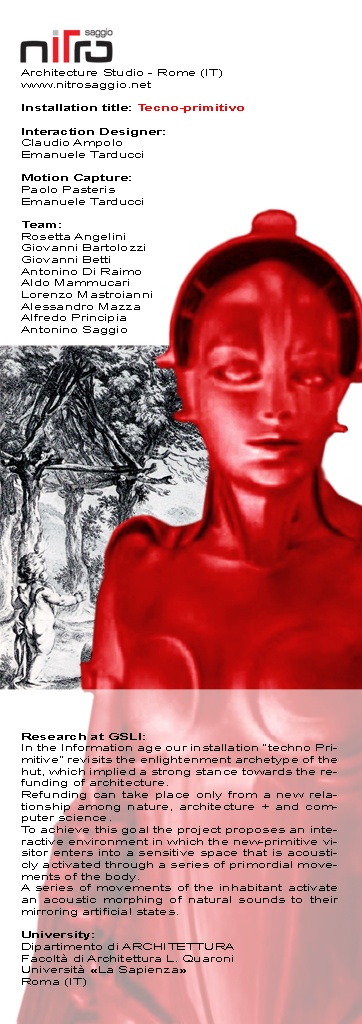

Installation Tecno Primitive >>
on Postural Tecno Primitive Local > You Tube >

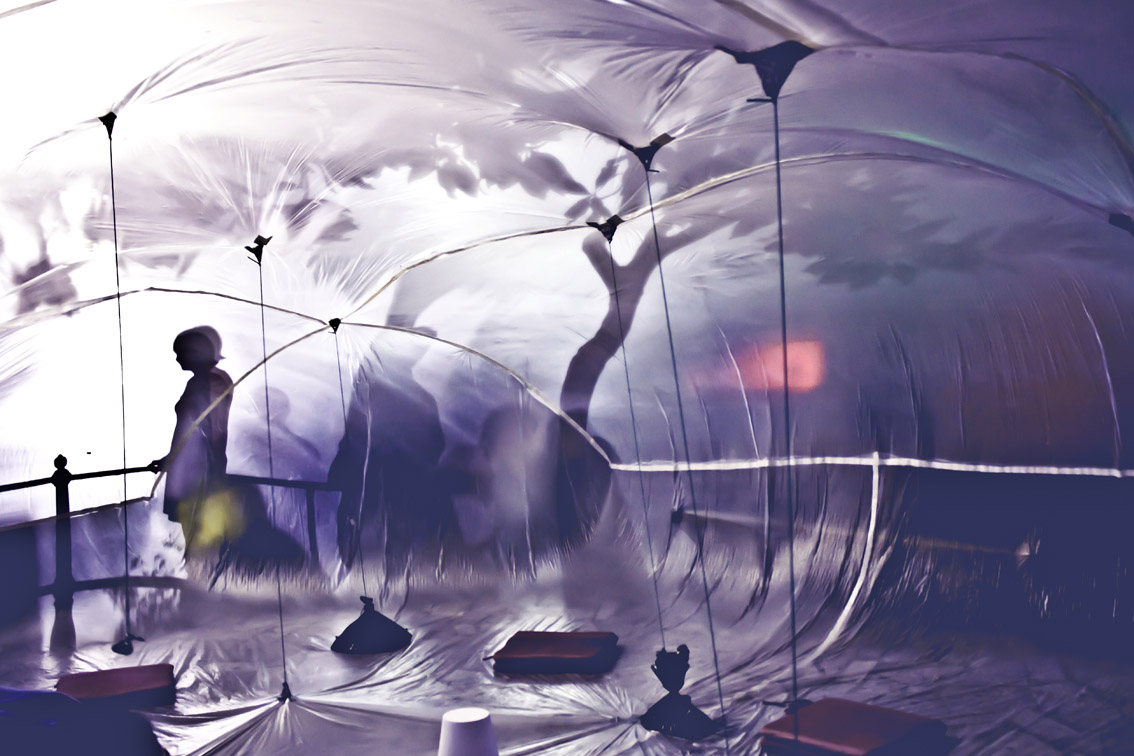
Pro Active Nitro Installation, September 2012, Gioioosa Marea
Picture Rosamaria Faralli
A PhD student Told me.. "I do not understand this mania of yours of Information.. Architecture is not about shelter?"
I answered : No
4. When Dots Became Infos

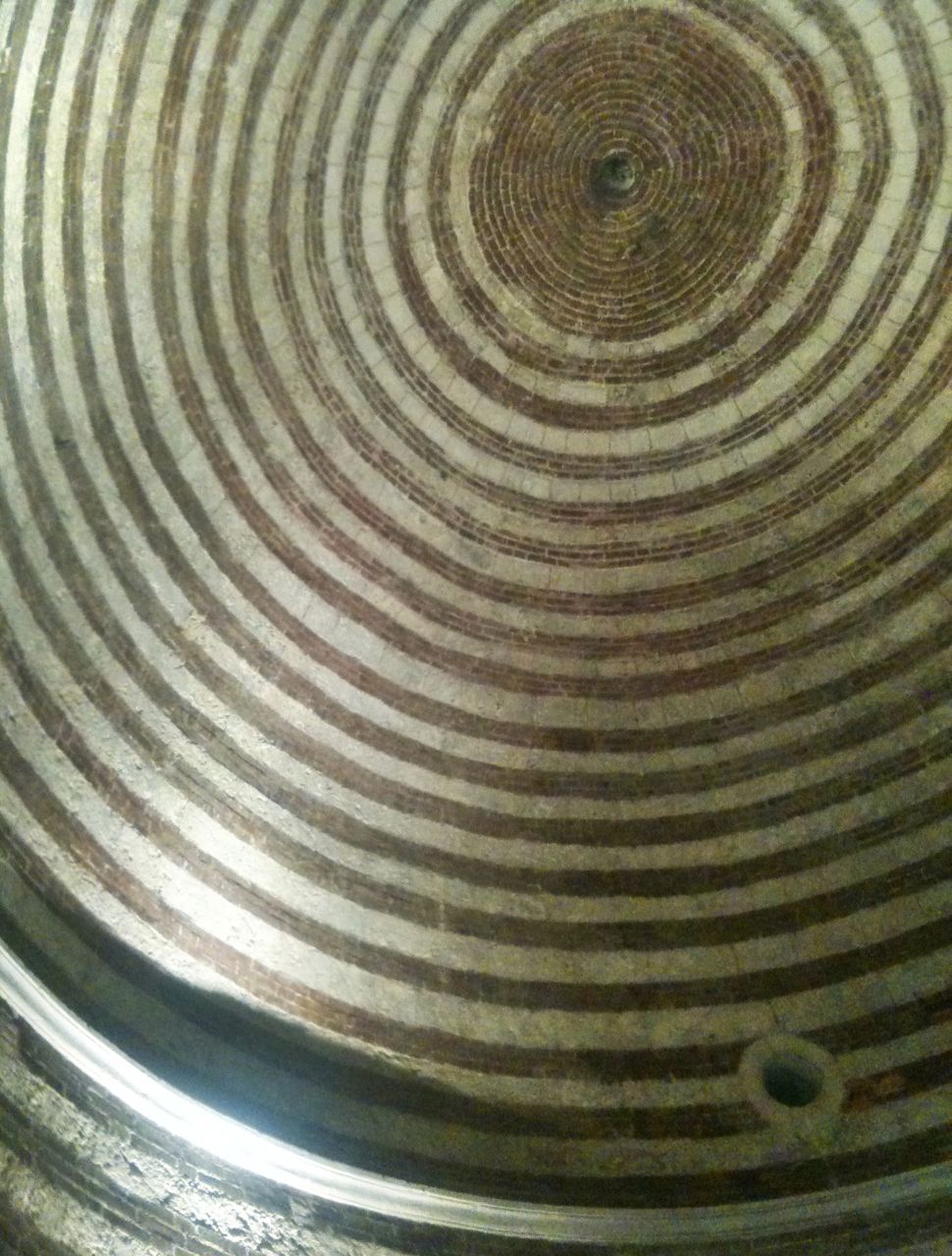

Thanks


Santa Sofia
Jump ... More than 3000 Years Ahead

But there is probably a even better place




Film Local
Web


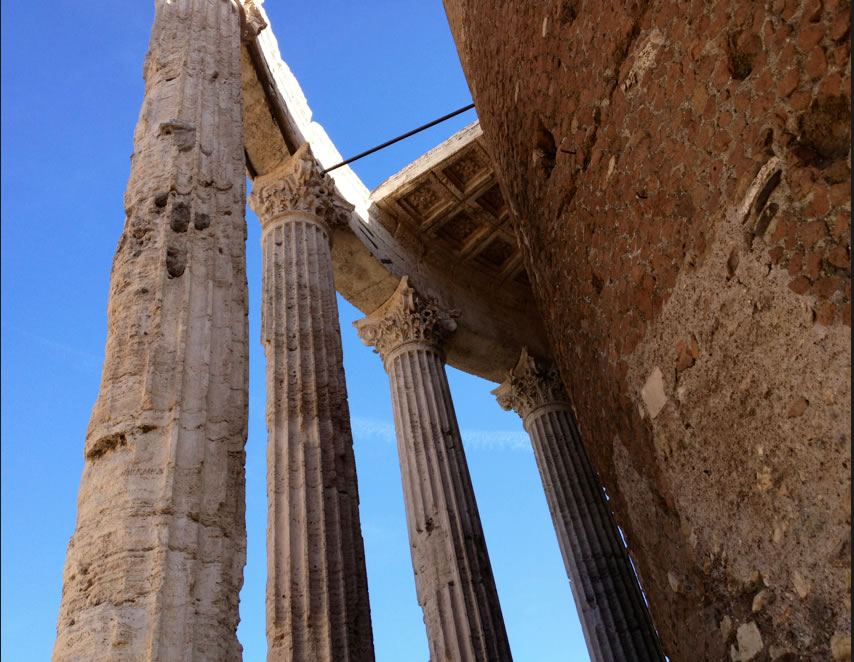






 ::
::
2001
 ...
...
1998
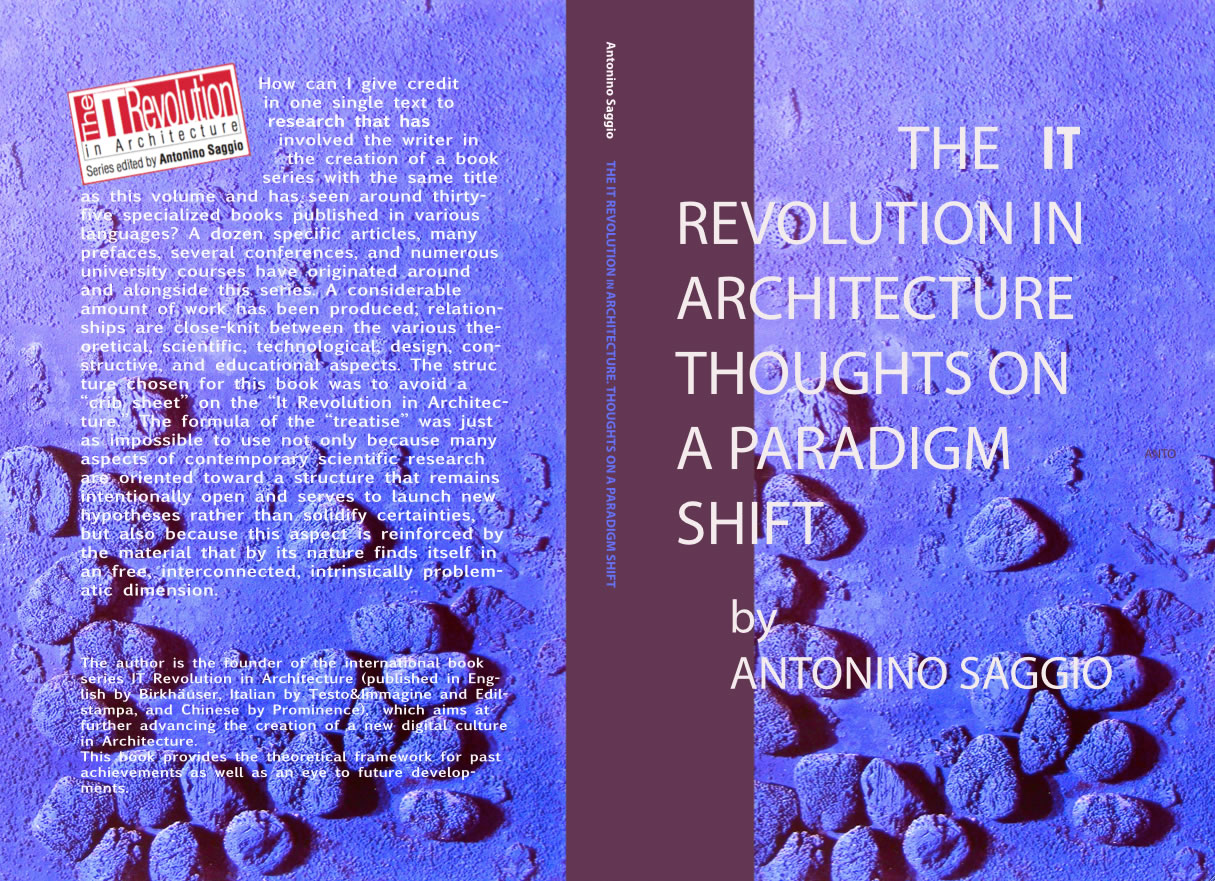
Cheaper

 Special Three Days Free DownLoad AAHRUS media Architecture Biennale
Special Three Days Free DownLoad AAHRUS media Architecture Biennale 
5. Urban Green Line an Ecological Infrastracture

Low Resolution English pdf
High Resolution Local

ePub 2,99, In black&white 8,90 or in color 28,50
Local
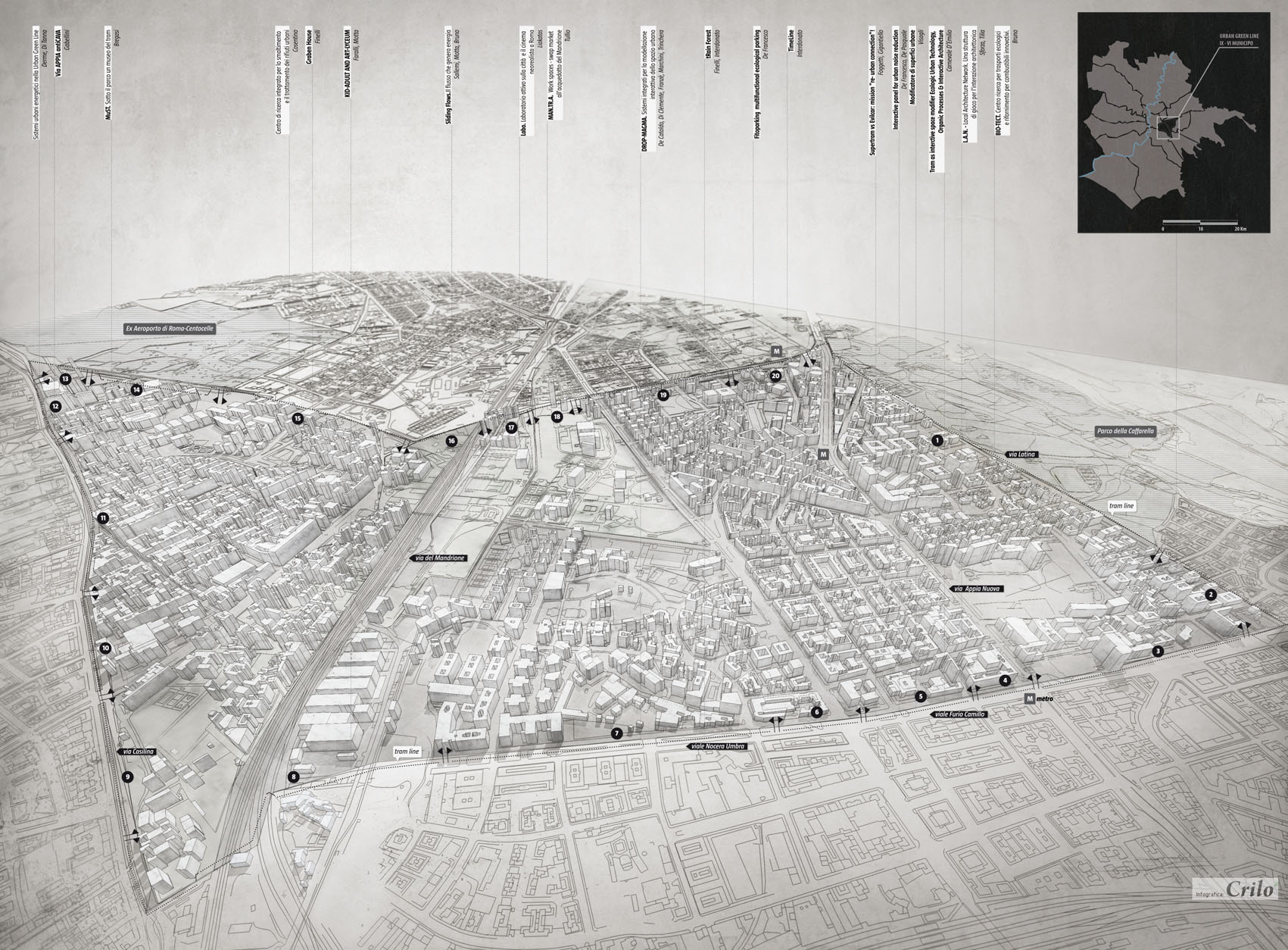

Rings
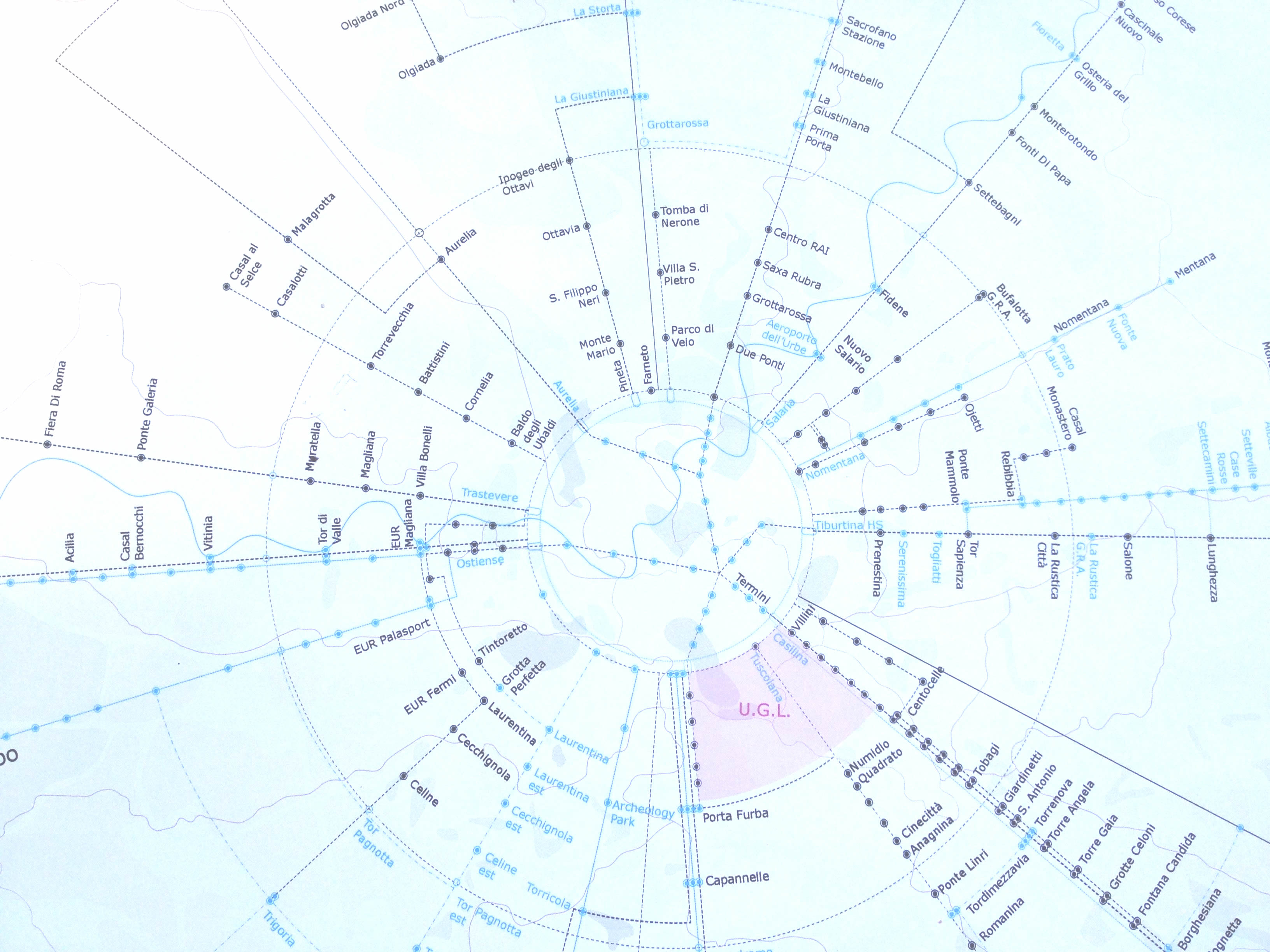
Tiziano Derme, Umberto Di Tanna Thesis on UGL in progress Cad 2012
1. MultiFunctionality
(come le mura, mica sono solo difensive, una "pluralità di funzioni" vi devono ricadere, innanzitutto quello della mobilità)

Valerio Galeone Cad 2011
2. Systematic Green
(è il concetto di ecologico in quanto sistema attivo, capace di innestare "cicli" e processi, maratonda >)

Michela Falcone Cad 2012
3. Information Technology Foam
(l'idea che oggi dell'informatica non si può fare a meno, e che anzi è spesso catalizzante es 2009, es 2007, es 2006)

Tiziano Derme Cad 2011
4. Living Accessibility
(è l'idea che per vivere bisogna rendere accessibili sistemi urbani e ambienti diversi della città, insieme al senso del viaggio)
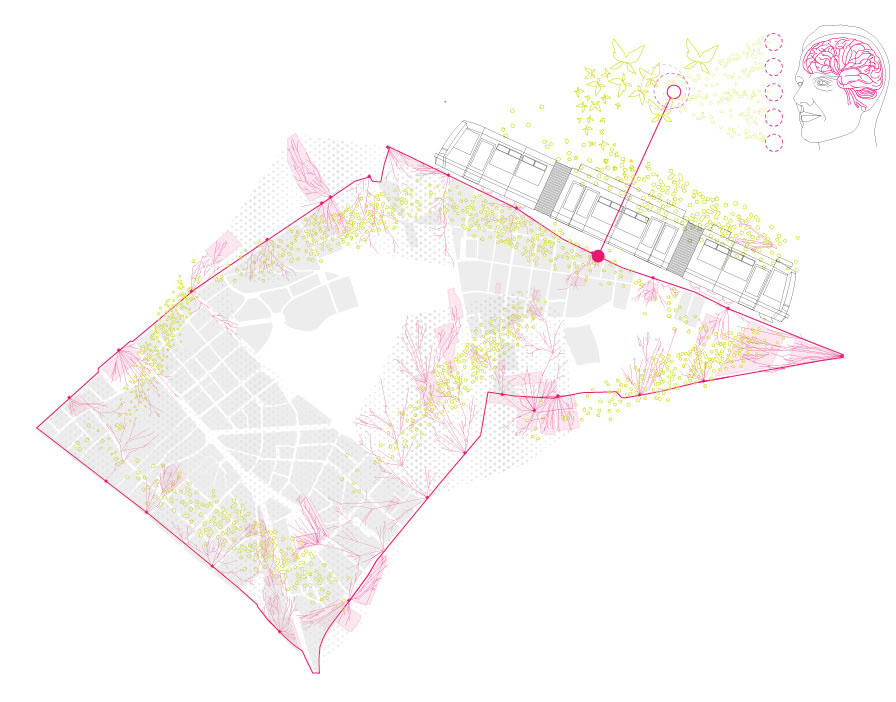
Umberto di Tanna Cad 2011
5. Magic Crisis
(è la chiave di volta, bisogna andare sul difficile è solo li che si apre veramente la modernità, anche nella sua componente più complessa e antica)

Giulia Gabellini Cad 2011

gmp

______________
Graduation Thesis/Tesi di Laurea
Il comportamento emergente nello spazio dell’architettura e della natura
Ledian Bregasi
Advisor Saggio-Sapienza-Rome
___________
La scoperta compiuta dalla Guardia di Finanza - proprio nel tunnel utilizzato dalla Urban green line - di una "Horizontal Farm" completamente abusiva e clandestina ha suscitato un interesse dei media verso l'ipotesi della Vertical farm e del "Must" il Museo del Tram i. Vedi articolo, del 30 8. 12 su
La Repubblica di Francesca Romaldo
"Tram, ortaggi e un museo nel 'tunnel della droga' "
.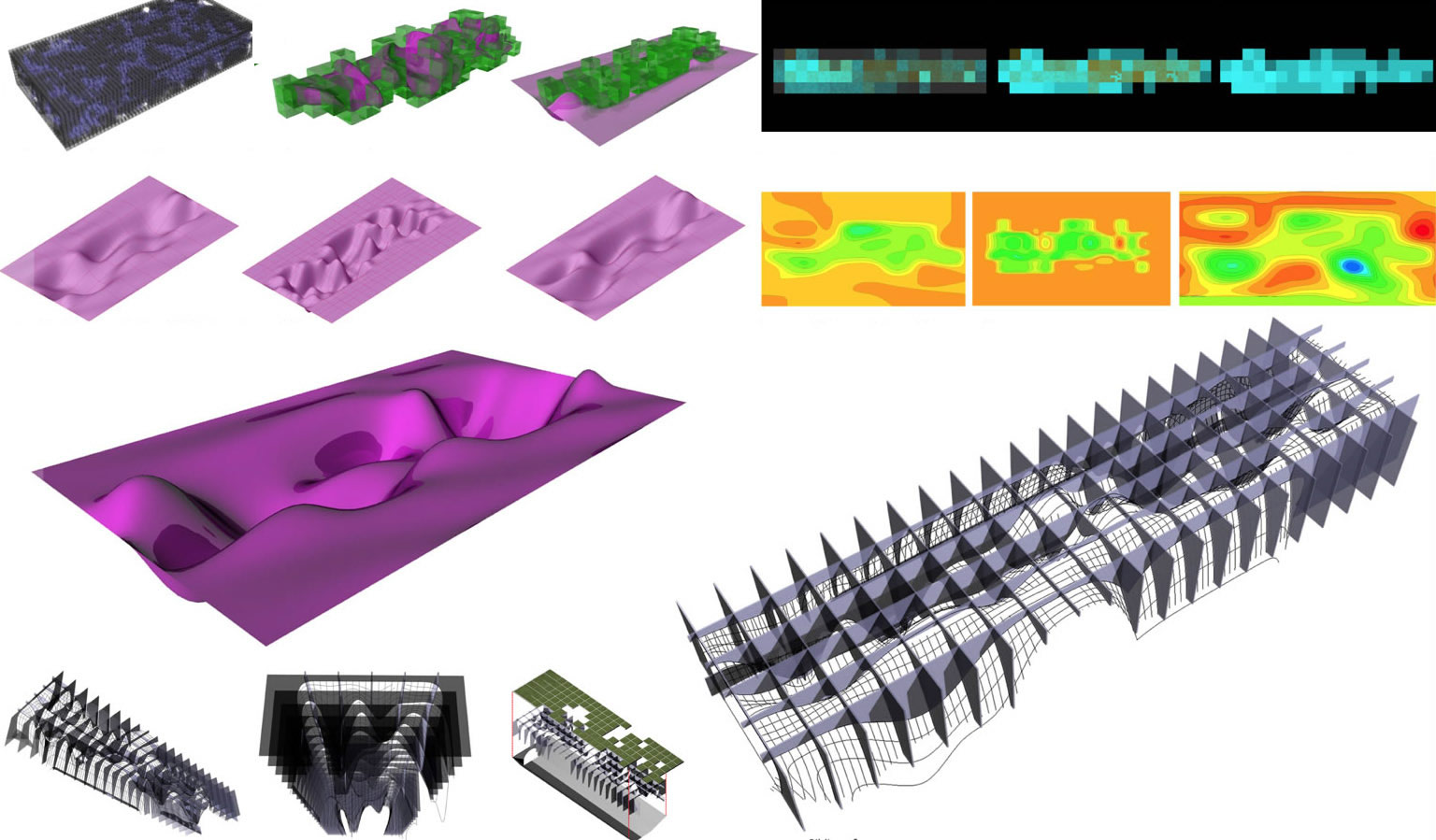 .
.





De Francesco & De Pasquale Cad 2011


Galeone & Pompei Cad 2011
Some bibliography
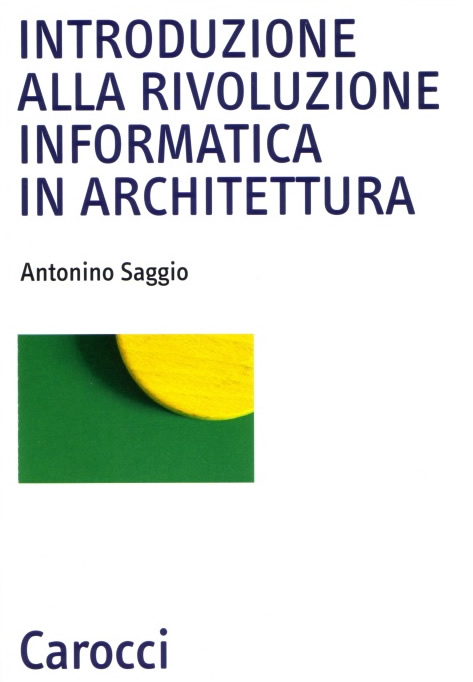
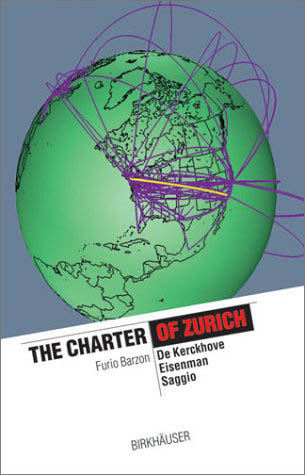


blog youtv contact-cv









 .
.
 ..
..

























 ...
...













 .
.








